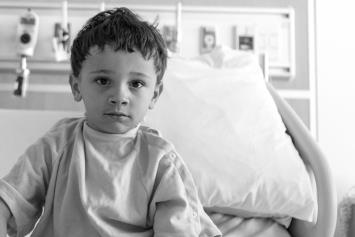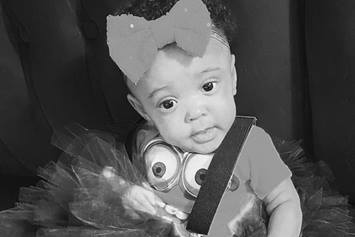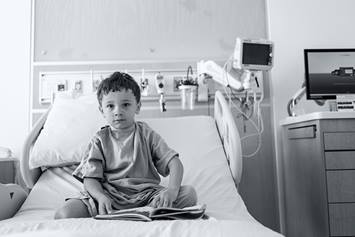Bronchopulmonary Dysplasia (BPD)
Bronchopulmonary dysplasia (BPD) is usually diagnosed in premature infants who have long-term breathing problems.
What Is Bronchopulmonary Dysplasia?
Bronchopulmonary dysplasia (BPD), also known as chronic lung disease, causes long-term breathing problems in premature babies. The condition often results in poor growth and development.
An estimated 10,000 to 15,000 babies in the United States develop BPD each year. There is no cure, but it can be treated and most babies go on to live a long and healthy life.
What Are the Symptoms of BPD?
Babies with BPD usually show signs of respiratory distress, which include:
- Breathing quickly
- Flaring nostrils
- Grunting
- Pulling at the chest (retractions)
What Causes BPD?
When babies are born premature, their lungs often are not developed fully and they need help breathing. This breathing assistance usually comes from a mechanical ventilator or oxygen. In most cases, bronchopulmonary dysplasia develops after a premature baby receives this breathing assistance for a period of time because it can damage their already fragile lungs.
BPD can also be caused by other conditions that a baby’s lungs cannot yet handle, such as:
- Congenital (present at birth) malformations of the lung
- Pneumonia
- Other infections
How Is BPD Diagnosed?
Almost half of all premature (born at 32 weeks gestation or before) and low birth weight infants (those that weigh less than 4.5 lbs.) require breathing assistance. BPD is typically not diagnosed until a baby is 28 days of age (36 weeks post-conception) and usually only if they are still requiring additional oxygen and/or continuing to show signs of respiratory distress. Other factors that are considered in making a diagnosis include:
- Prematurity
- Infection
- Ventilator dependence
- Oxygen exposure
The following tests may be used to help make the diagnosis:
- Chest X-ray: The lungs of babies with respiratory distress syndrome often look like ground glass, and those with BPD often look spongy.
- Blood tests: This shows how much oxygen is in the bloodstream and helps identify any infection.
- Echocardiogram: Helps rule out heart defects as the cause of a baby’s breathing issues.
How Is BPD Treated?
Babies with BPD may be in the hospital for a few weeks or even a few months. Inpatient treatment focuses on supporting breathing and oxygen needs through the following:
- Mechanical ventilation
- Medications to support lung function
- Antibiotics to fight infection
Follow up or outpatient care continues the important neurodevelopmental work that begins when a baby is receiving treatment inpatient to ensure they meet age-appropriate milestones. This treatment includes:



